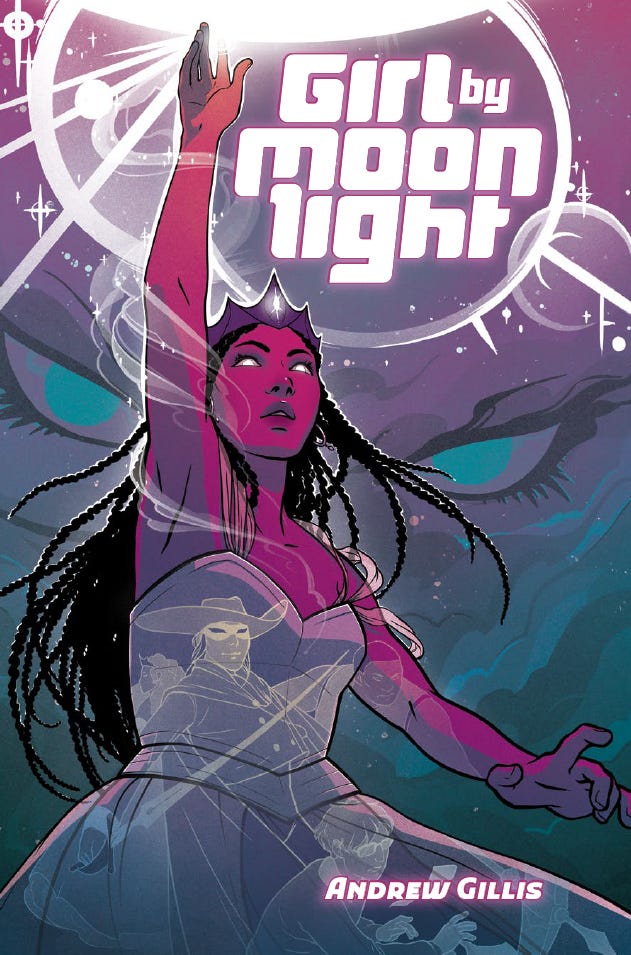I dig Forged in the Dark– it’s an interesting system which people have tuned in many different ways. It is tight, with many innovations– several of which I’ve talked about earlier on these lists. But FitD's tightness means that it can be challenging to balance the mechanics. Some adaptations, like Scum & Villainy and Hack the Planet, hew close to the original with mainly a reskin and a couple of tweaks.
Others dig in and make more substantive changes, like Songs for the Dusk and Vergence. Some Forged in the Dark reworkings are excellent but still have some gaps in the mechanical balance. For example, I love Mountain Home. It’s a strong contender for my fav game of the year. But in MH, stress acts as a significant restriction on player choices. It's a currency you're often spending to resist bad results and there’s few mechanics to help clear that until the end of the year. It’s playable, but the game needs a couple of additional options (new buildings, GM rewards) to help offset that. A minor tweak could make things stronger. That experience with Mountain Home colored our thinking about Forged in the Dark games.
So when we started our Girl by Moonlight campaign my group expressed skepticism about the mechanics. GBM makes some major changes from the Forged baseline. In particular characters have so few action dots– meaning that any roll would be few dice, which in turn meant they’d either be constantly taking poisoned promises or resisting consequences. There were grumbles but we decided to give it a try.
And it works– it works really well, all thanks to Links. We don't have the issues we imagined. Girl by Moonlight's Links system creates dynamic, interactive play with a lot of choices. Plus, in a way we couldn’t see before we started playing, it adds new and novel space for roleplaying. FitD is sometimes criticized for not offering obvious space for role-play and character interaction. Girl by Moonlight builds that in.
In play, you can spend links to let you or the named linked protagonist regain 2 stress. You can also spend them to give +1d to that named protag or to have them ignore 1 harm tag temporarily. Finally you can, in certain circumstances, spend it to try to keep them from falling into the negative state called eclipse. In play, this changes up things dramatically– people are spending links to help one another and describing what they do to connect. It supplements the stress mechanics while making actions feel possible. The small number of action dots don't matter as much. Links clear after each mission so you want to spend them during that phase.
But the other half of the link system is what really makes it hum. You create links during downtime by using the Make Connections action. You choose to do something with another PC to build your relationship with them. There’s a roll made, with a 1-3 giving two links; a 4-5 giving three; and a 6 giving four. When you Make Connections, your targeted player writes those down. This becomes a crucial action in Downtime, replacing Recover Stress from base Forged in the Dark. Choosing another downtime action has to be balanced against this one– making for interesting tension when other things need to get done.
But here’s the key– Making Connections pushes for role-playing. It offers moments where characters can interact with other PCs. They can also take links with NPCs (and their mecha Engines in the “On a Sea of Stars” framework). That’s meant that we’ve spent entire sessions– profitably letting these scenes breathe and just doing downtime. It is amazing and dynamite.
The thing that strikes me is how much I couldn’t see this interaction and dynamic just from reading the rules. It was only once we got to playing that I understood exactly why GBM made these choices and what impact they had.




